Comrat – getting off the beaten track in Moldova
We were sold on the idea of going to Comrat, capital of the autonomous region of Moldova known as Gagauzia (more on that later), after reading an article about it in The Guardian newspaper. It was a classic case of being seduced by an alluring piece of journalism (especially the photographs) but, of course, if you don’t spend a lot of time in a place, have a local fixer, speak the language and/or write for an accredited newspaper, you’re not going to get under the skin in the same way as the journalist who produced this particular article did. Hence, we left Comrat several hours after arriving a bit underwhelmed and wondering if we should have bothered with making the long journey south from Chisinau.
I appreciate this is a rather unenthusiastic way to begin an article but travel and visiting new places isn’t always going to live up to expectations. It drives me crazy when I see other travel bloggers and influencers (that word really irks me!) sugarcoating a destination and saying how wonderful it is when, and I know from personal experience, there really isn’t that much to the place they are writing about. Unfortunately, it’s how the world of travel blogging is these days and that’s true even with bloggers who explore off-the-beaten-track and far-flung locations. In fact, to a certain extent this genre of blogger, in which we include ourselves, is even more guilty of glossing up a destination. Like us on occasions, these bloggers have probably had to put a lot of effort into reaching, and visiting, whatever off-beat place they have on their radar and they aren’t going to let the reality of the fact that there was very little to see and do once there get in the way of them writing positively about the place in order to increase their ranking.
Anyway, my short rant about the travel blogging world over (it could have been a lot longer, believe me!), I will continue with this post about Comrat, expanding on what there is to see, how to get there etc., because it does have an interesting history plus, there are a couple of things worth seeing in the town itself.
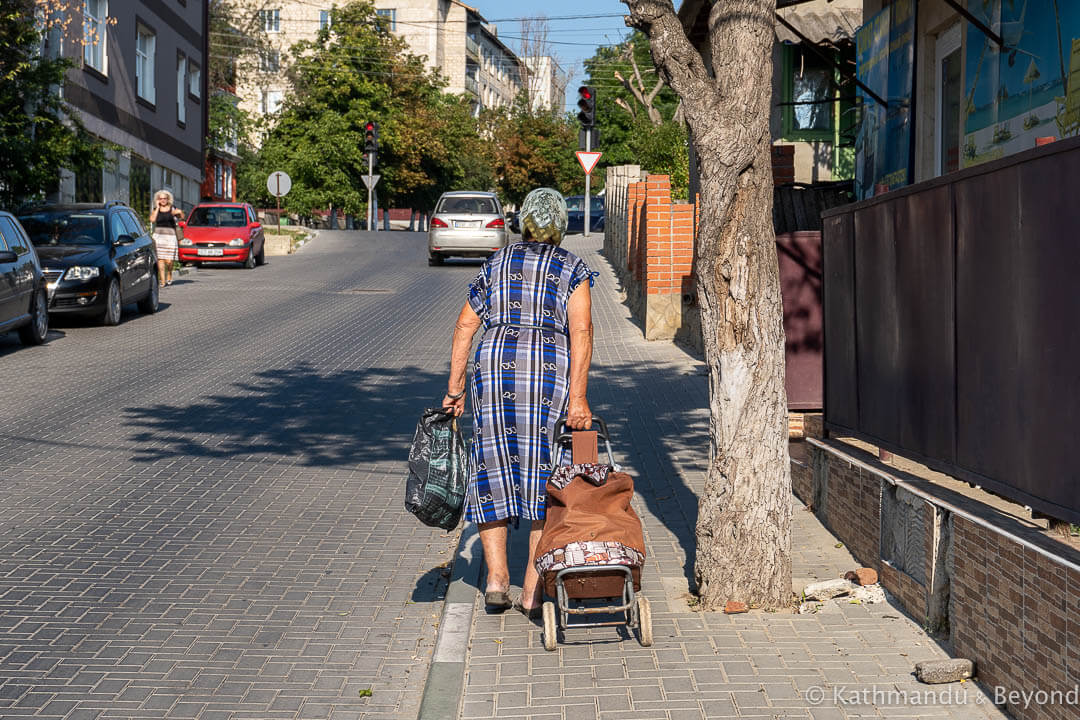 Comrat
Comrat
In fact, we would definitely return to Comrat if the opportunity arises. To expand (boy, this post is giving out mixed messages!), without question, the best way to visit Comrat is with your own transport. The city itself is walkable and the bus station is near the market/town centre so there are no issues there but we saw more interesting things from the window of the marshrutka (fixed route minivan) on the way from and to Chisinau than we did in Comrat itself. By interesting, I mean mosaic-covered bus stops, surreal city-welcome signs and plenty of other statues and monuments displaying a heavy dose of socialist realism, all of which were erected during Soviet times. What’s more, even though we put them in the same boat (no pun intended) as waterfalls, caves and the inside of churches, in other words, dead boring, it would be remiss of me to not mention that Gagauzia is one of Moldova’s leading wine-producing regions and there are a number of wineries in the vicinity that can also be visited if you like that sort of thing.
Wineries aside, if we had headed to Comrat in our own car then I believe we would have had a completely different experience, with the city itself being just a part of our day of exploration rather than the main focus of it.
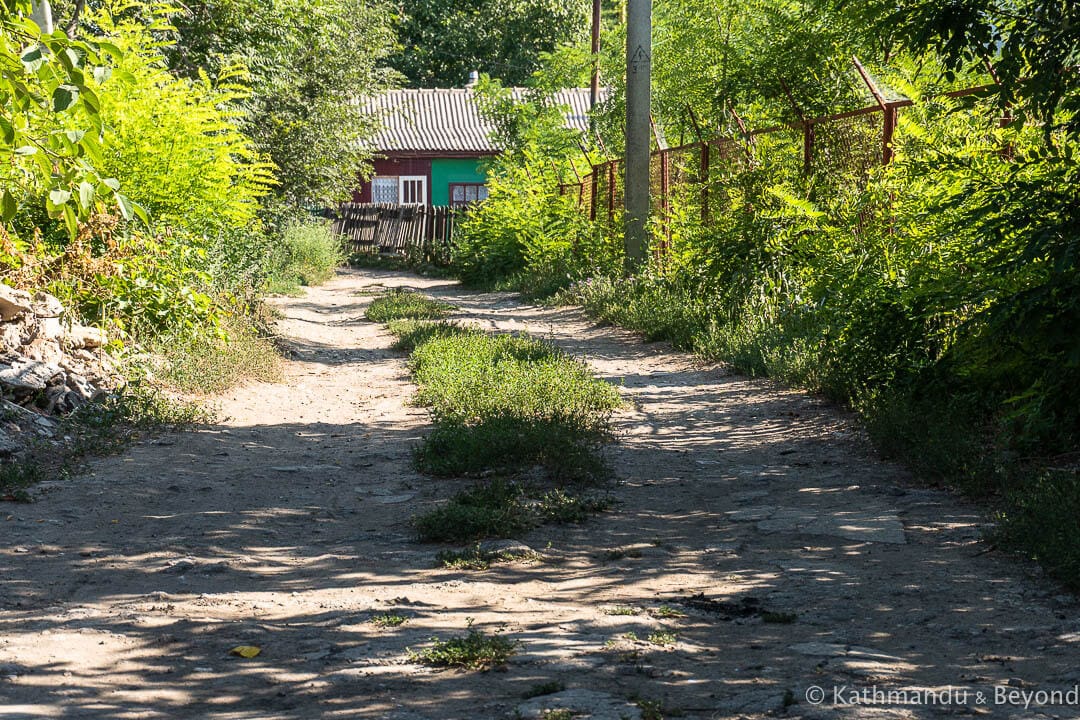 Comrat
Comrat
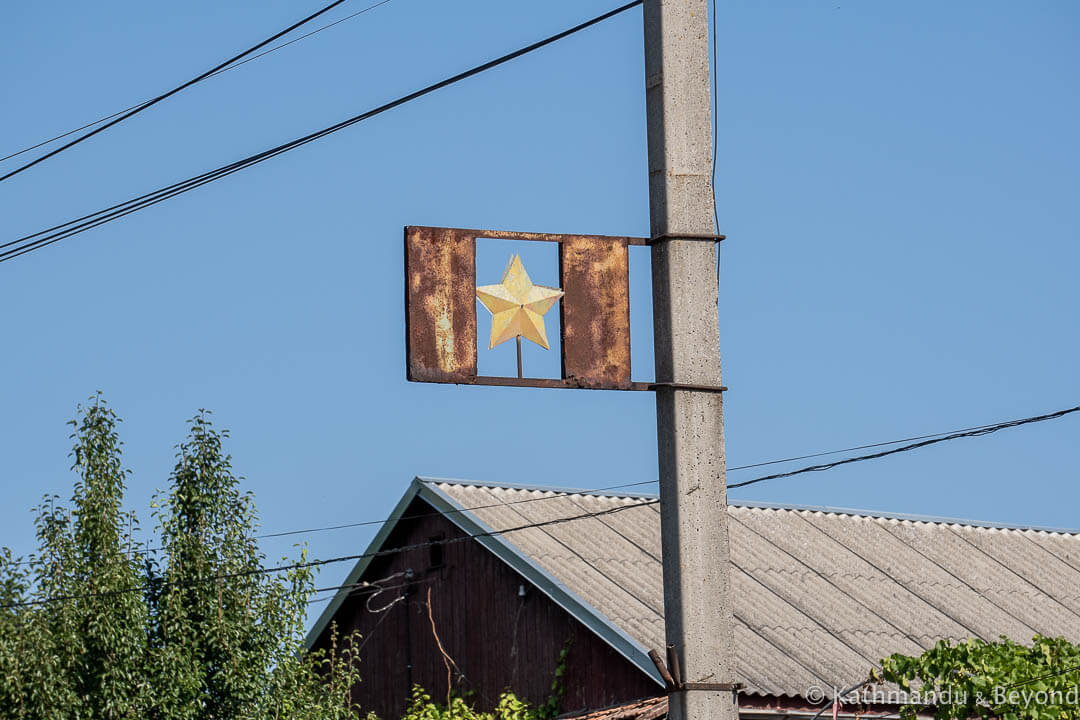 Comrat
Comrat
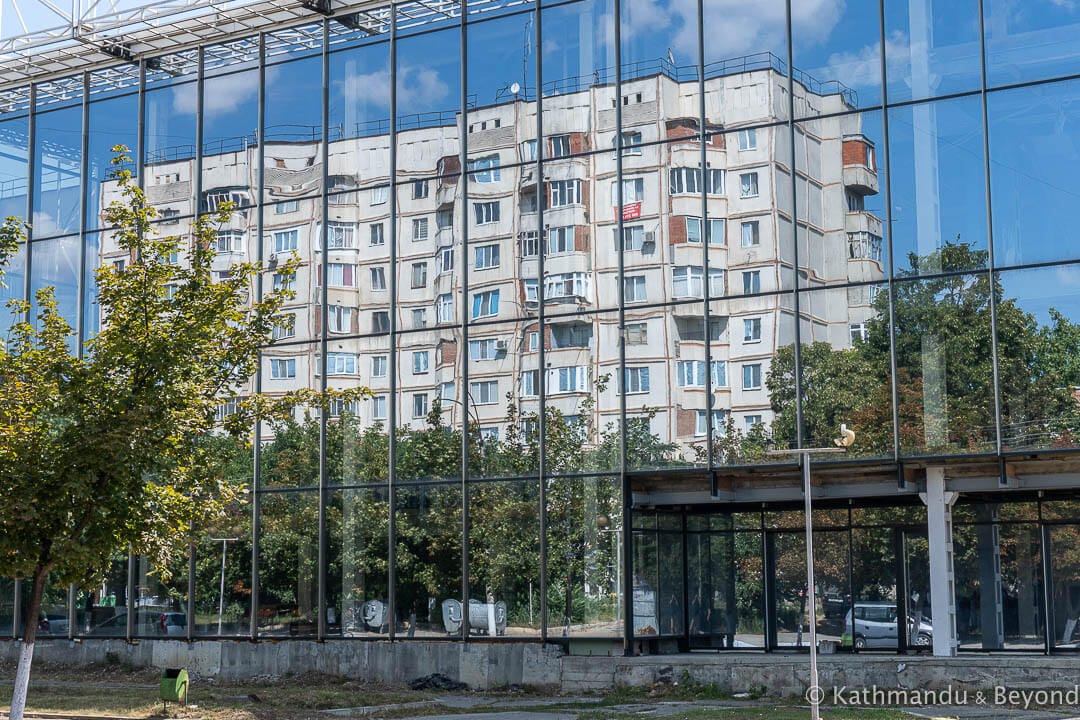
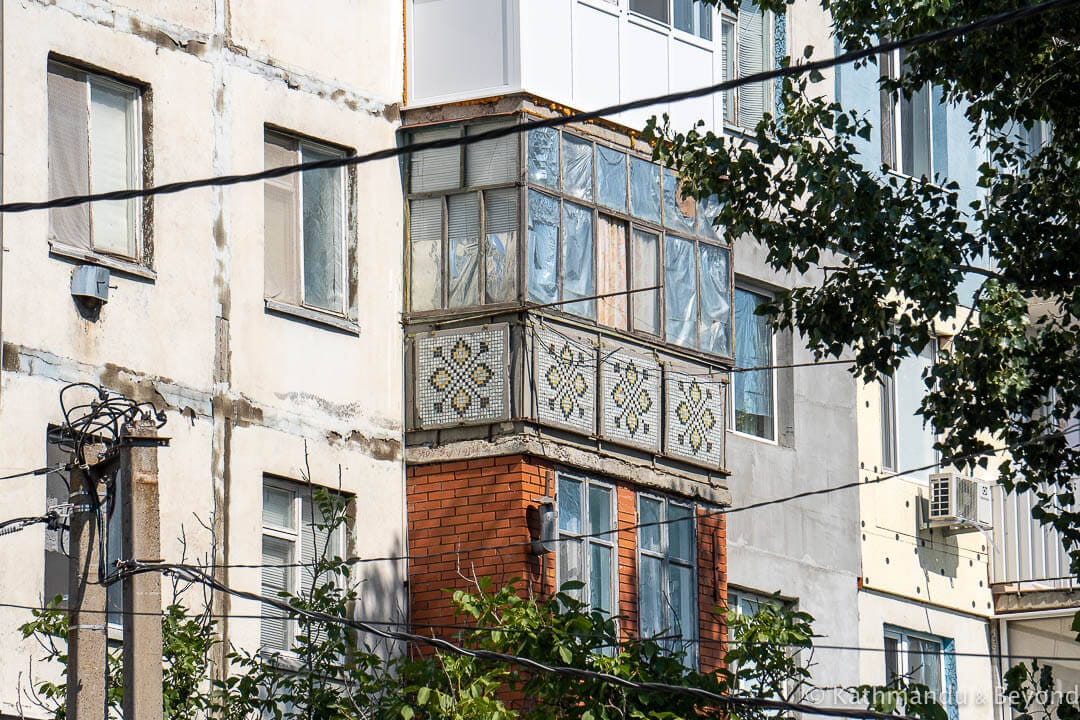
Comrat
Where is Comrat?
Comrat is located in southern Moldova. It is 100km due south of Chisinau and 80km northwest of Cahul.
A short history of Comrat and the Gagauzia region
As mentioned, Comrat is the capital and largest city of what is officially called the Autonomous Territorial Unit of Gagauzia, The population of the city is approximately 20,000 (2014 census). In contrast, the number of Gagauz people living in Moldova is in the region of 126,000.
The Gagauz are primarily Turkic-speaking and when Moldova gained independence from the Soviet Union in the early 1990s, like neighbouring Transnistria, they wanted to retain close ties with Russia and have their own republic. To avoid a military conflict with Moldova, which is what happened in Transnistria (March – July 1992), the leaders of the breakaway state accepted that Gagauzia became a national-territorial autonomous region defined mostly by the ethnicity of the Gagauz inhabitants. In 1994, the Gagauz Autonomy Act was drawn up between the Parliament of Moldova and the Gagauzian People’s Assembly. With the signing of this act, the autonomy of Gagauzia was guaranteed. It also gave the region the right to self-determination if Moldova ever decides to unite with Romania once more and, on issues such as schooling, taxation and culture etc., the Gagauzian People’s Assembly was given its own jurisdiction.
This status remains in place today, although, during a 2014 referendum, a high percentage of Gagauz said they would prefer complete self-governing and stronger links with Russia if Moldova was to enter the European Union.
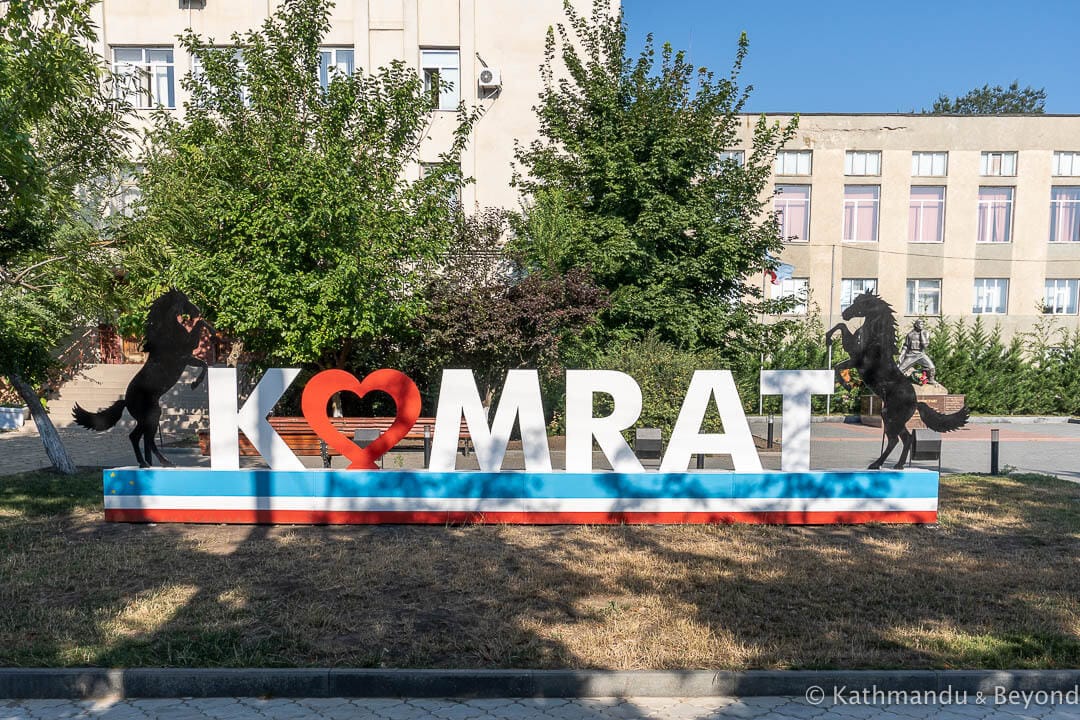 Comrat
Comrat
The people of Gagauzia
In Eastern Europe, the Gagauz people live mostly in southern Moldova but there is also a sizeable population in southwestern Ukraine as well as parts of Turkey and Russia. Their language belongs to the Oghuz branch of the Turkic language family and their religion is Eastern Orthodox.
The exact origins of the Gagauz people are not known but it is believed that, in or around the 8th century, Oghuz Turks migrated from the Mongolian/Southern Siberian end of the Altai Mountains further into Central Asia and also parts of the Middle East, including Anatolia in present-day Turkey. As time progressed, some of the Oghuz divided into clans and one these clans had an intertribal conflict with some of the others and continued travelling from Anatolia to Bulgaria, where they converted from Islam to Orthodox Christianity. It is around this time that they became known as Gagauz Turks and at some point, a large group of them headed north to Bessarabia, a historical region in Eastern Europe in which approximately two-thirds of present-day Moldova is now situated.
Why visit Comrat?
If you take the short war out of the equation, Gagauzia’s recent history after the dissolution of the Soviet Union is comparable to that of neighbouring Transnistria and, personally, I think the main motivation to come to Comrat is out of curiosity and/or if you have an interest in what went on during that time in this part of the world.
As mentioned above, having private transport would enhance the experience greatly and mean that you can see more of Gagauzia.
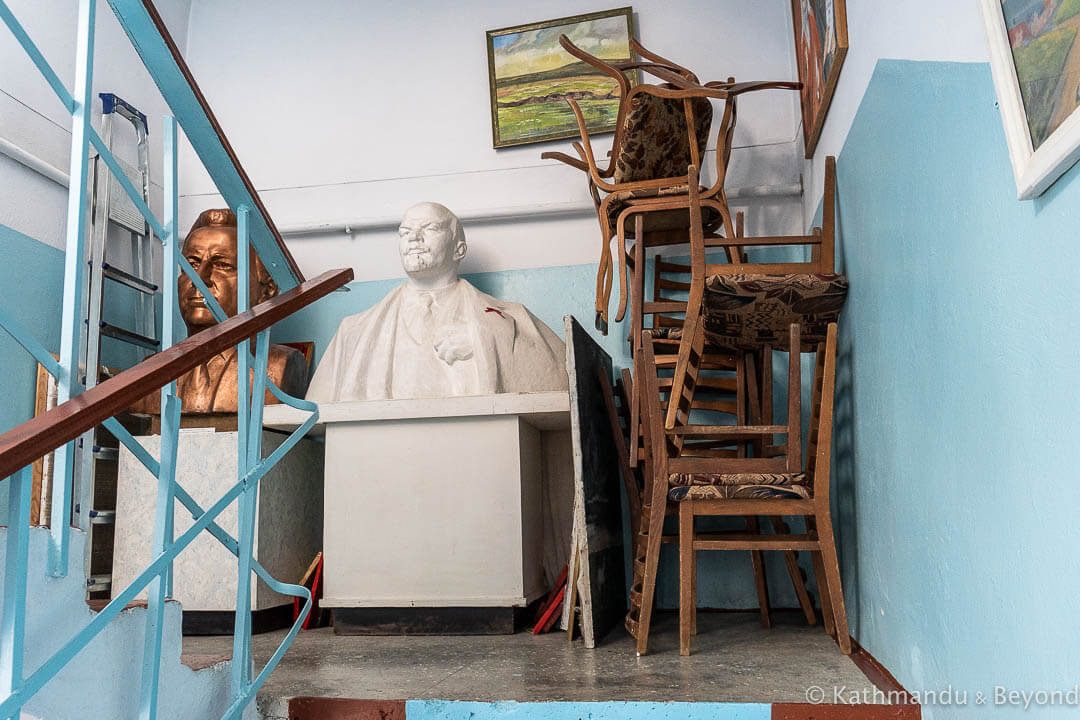 Comrat Regional History Museum
Comrat Regional History Museum
What there is to see and do in Comrat
We hadn’t been able to identify much of interest before arriving in Comrat so instead, we adopted our usual Plan B, which involves wandering around aimlessly and heading up any side street that looks vaguely interesting in the hope of finding something good. This did produce some additional results but we didn’t manage to find any notable Soviet-era buildings in Comrat and Soviet-style mosaics, of which we saw numerous in Cahul, the other major Moldovan city we visited beside Chisinau on our recent journey to the country (July 2109), were simply non-existent from what we could make out, which surprised us somewhat.
Based on what we did find, our suggested walking tour of Comrat is as follows:
Assuming you arrive by bus/marshrutka, turn right out of the bus station and take the first left up the hill to Lenin Street, Comrat’s main thoroughfare. Heading south on Lenin Street, the first thing of interest is the Monument to the Soldiers who fell in Afghanistan. Next to that is the Monument to the Victims of Political Repression and just behind both monuments is the Comrat Regional History Museum. Entering the museum is liking stepping back in time and, if like us, you decide you want to pay extra to take photos of the hotchpotch of exhibits and mementos inside it then you will be escorted around the place by one of the curators to ensure you don’t do anything untoward. The museum was strange and wonderful all rolled into one and definitely shouldn’t be missed. The highlight for us was the cabinet full of Soviet pin badges and also bumping into Lenin on the stairway leading up to the main exhibition hall.
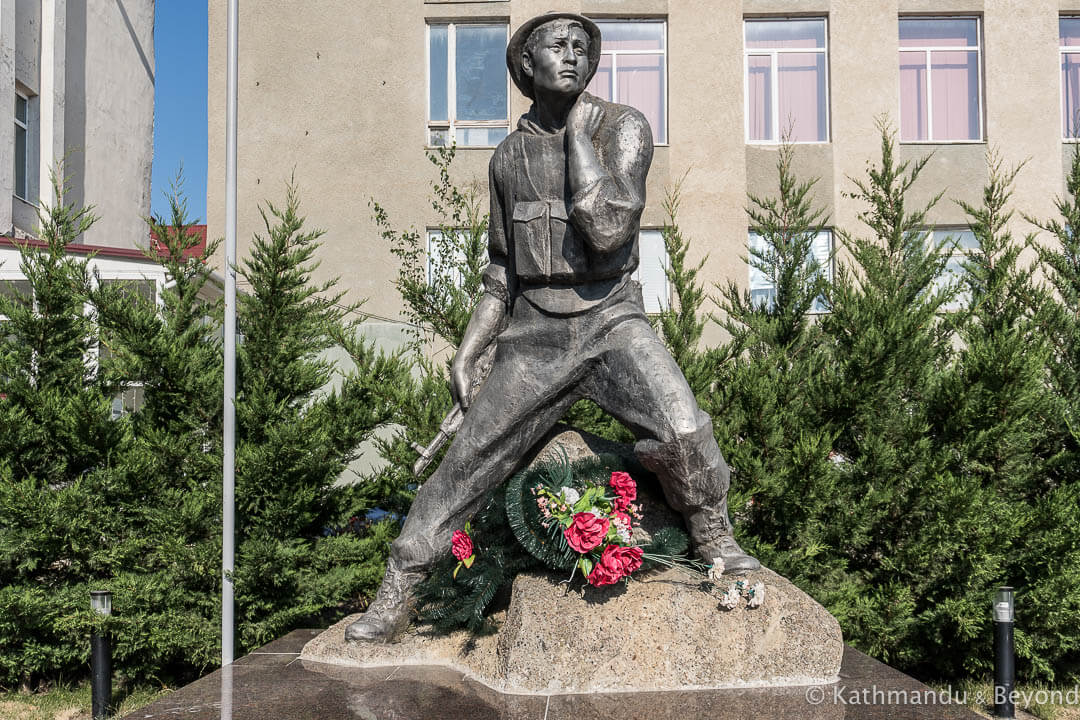 Monument to the Soldiers who fell in Afghanistan
Monument to the Soldiers who fell in Afghanistan
Back out in daylight, you’ll pass one of those naff heart (enter the name of the city, in this case, Comrat) signs en route to Comrat’s central park. In the middle of the park is the freshly painted Cathedral of St. John the Baptist and over the road and slightly along a bit you’ll see your second Lenin statue of the day outside the building of the Executive Committee of ATU of Gagauzia. The Palace of Culture is next door but, architecturally, it’s nothing special and if you head over the road, you’ll see evidence of Gagauzia’s cultural links with Turkey in the form of a bust of Mustafa Kemal Ataturk, the father of modern Turkey, in the courtyard of the Turkish Library.
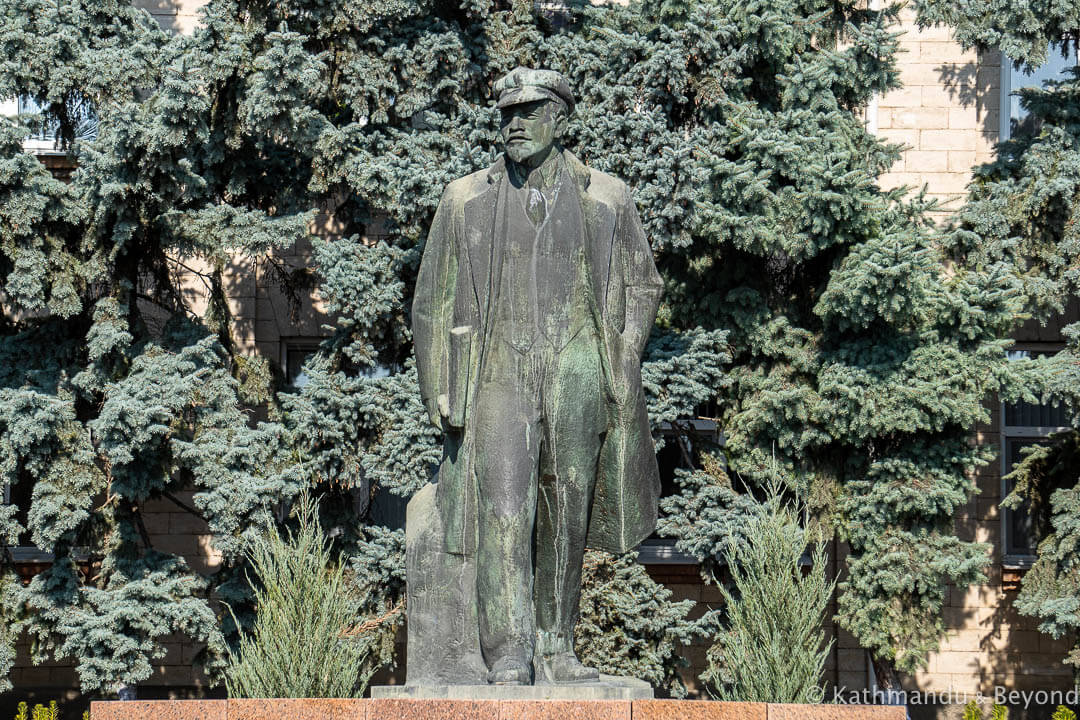 Monument to Vladimir Lenin
Monument to Vladimir Lenin
Next up is the Park of Liberators, which is dominated by the Memorial to the Great Patriotic War, easily the most impressive statue we found in Comrat. Also in the park is a small church and the Monument to Victims of the Chernobyl Disaster. According to this article in Sputnik Magazine, more than 3,000 Moldavians were drafted in to help liquidate the effects of the Chernobyl disaster, of which 100 or so were from Gagauzia and this monument is dedicated to them, many of whom didn’t survive the contamination they were subjected to.
There is also a monument/memorial to 100 years of something or other inside the park but, to date, I haven’t been able to fathom out what it commemorates.
We walked off-piste thereafter, along various streets until we eventually reached the Alley of Gagauzian Glory. From there, we entered the central park once more and then walked through the market back to the bus station and called it a day.
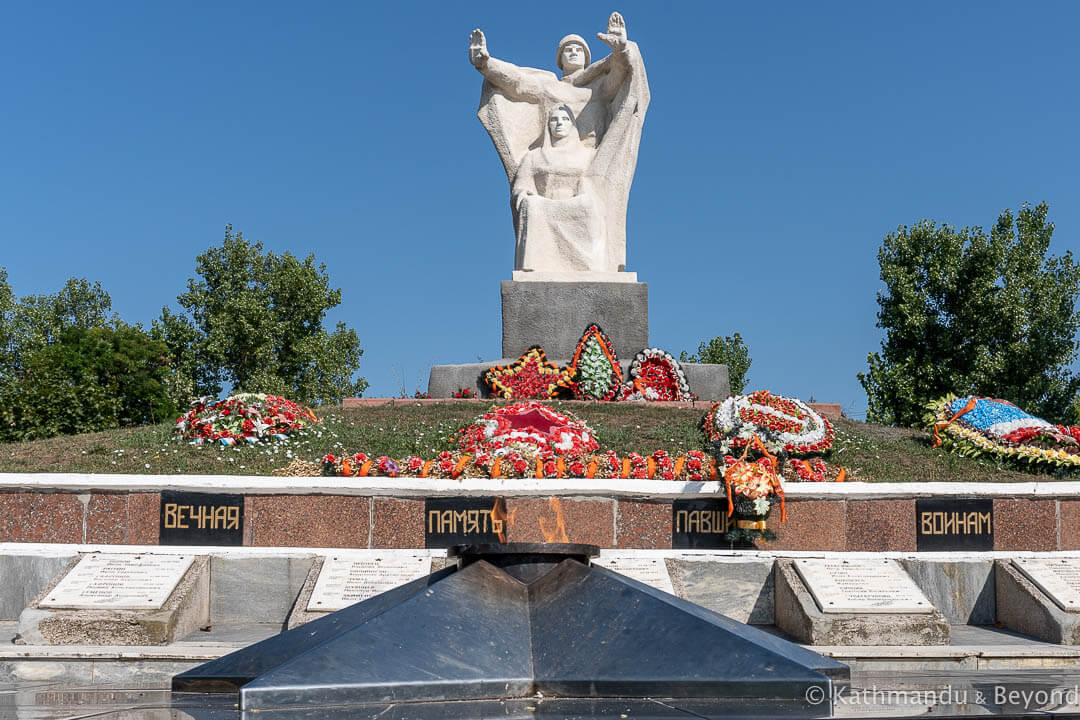 Memorial to the Great Patriotic War
Memorial to the Great Patriotic War
How long is needed to see Comrat?
Three hours is plenty to see the sights mentioned above.
Where to stay in Comrat
We didn’t end up staying the night in Comrat but when we were originally planning the visit (see below), we had earmarked the Hotel Astoria as a good budget place to stay. We were also recommended the Hotel Grand by a friend who had stayed there. The latter is probably a better standard than the Inn Astoria but the location, 1.5km south of the central park, is not as good.
Where to eat in Comrat
There’s an Andy’s Pizza on Lenin Street, near the museum. What more do you need!
How to get to Comrat on public transport
We got up really early, like 5.30am early, to get to Comrat by public transport. The reason why was we couldn’t get a definitive answer on how long the 100km journey from Chisinau would take. We had a range of between 1½ and 3 hours and if it was going to take the latter, we wanted to get going early to ensure we had a decent amount of time there before having to return. As it happens the journey time was 1½ hours on the nose in both directions. The road was paved all the way and the particular marshrutkas we travelled on hardly made any stops.
Marshrutkas are regular between Chisinau and Comrat (and vice versa). Leaving Chisinau is straightforward as you are boarding the marshrutka at the point of origin. You simply rock up, buy your ticket (assuming there are seats available) and off you go. The problem, and this is a common occurrence in not only Moldova but also Transnistria, Romania and even Bulgaria, is that often the transport you are on is going beyond the place you are heading to and therefore, on the return journey, it’s potluck if you can get a ride or not.
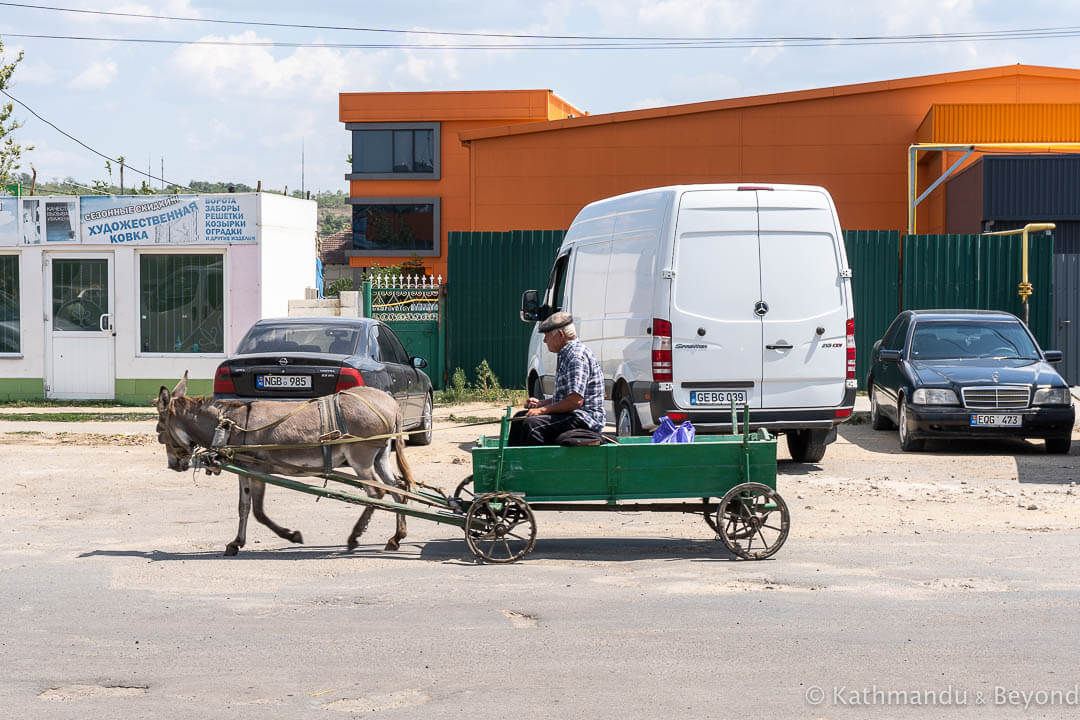 Comrat
Comrat
Take the Chisinau to Comrat route as an example. Most of the marshrutkas departing Chisinau are bound for places further south than Comrat as their final destination even though it is the capital of the region and its biggest city. There is a proper schedule for transport out of Comrat but the staff at the bus station won’t/can’t sell you a ticket because they have no idea if there is going to be space on the next incoming marshrutka. It’s a frustrating system, to say the least, especially if you don’t speak the local lingo and/or don’t know how it works. Basically, all you can do is find out what platform number the marshrutka you want to get on is arriving in at (this is normally on the display board), hover around and then jostle as best you can to get on once you know there are available seats. This last part is also easier said than done if you can’t understand what the driver is saying about the number of empty spaces available and also because you’re up against locals who’ve got way more experience in such matters than you’ll ever have (*). The same rules apply to buses as well.
(*) I’m convinced babushkas are the devil incarnate sometimes and are put on this world to make my life a misery. Can you imagine having such thoughts about your own granny but then again, mine was a dab hand shot with a swinging handbag when push came to shove so there probably isn’t that much difference, culturally!
All the above said, we’ve always managed to get on the desired marshrutka/public bus we’ve wanted to travel on in this region apart from once in Transnistria when we nearly went over our 10-hour visa due to the above issue. Our jostling skills aren’t that good but two things often come to our rescue. Firstly, in Moldova especially, you are allowed to stand up in the aisle on marshrutkas and although you will have to endure your neck bent at a right angle, other people in your personal space and no place to put your feet, at least you will be on your way. And the other thing that saves us is kindly marshrutka drivers. Don’t expect any sympathy/assistance from other passengers but we’ve had marshrutka drivers look out for us on more than one occasion and manage to squeeze us on their vehicle. This is exactly how we got back from Comrat to Chisinau. The driver was typical of the region – scruffy, unshaven, large and bald-headed but with a kind heart. He had visited London, loved it, and made sure Kirsty got a seat and I got standing space on a marshrutka that looked impossibly full when it pulled in at the station 10 minutes or so earlier.
Keep in mind that public transport for Comrat (and other destinations in Gagauzia) depart from the Southern Bus Terminal in Chisinau. Hence, you will need to factor in 30 minutes or so to get there from the centre of the city. Depending on where you are staying in Chisinau, as an example, local bus number xx, which leaves from the stop below the MoldTelecom building, will get you there.
The excellent App (iOS and Android) from the brilliant public transport site Eway works in Chisinau. Local buses are very cheap and a single ride costs 2 Moldovan leu.
And finally, a good idea is to visit Comrat en route from Cahul to Chisinau. This was our initial plan but due to a commitment in Chisinau, it did not work out that way. There are several buses a day linking Cahul and Comrat. You can check the bus schedules in Moldova here.
READ MORE BLOG POSTS FEATURING THE FORMER USSR
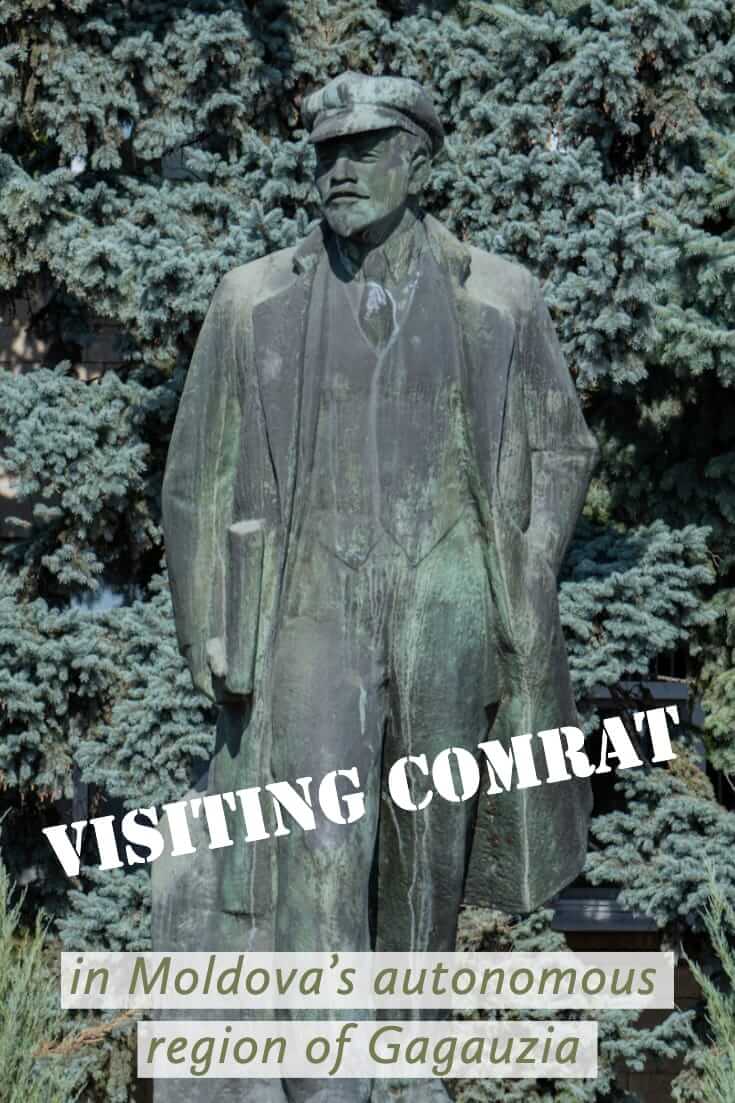
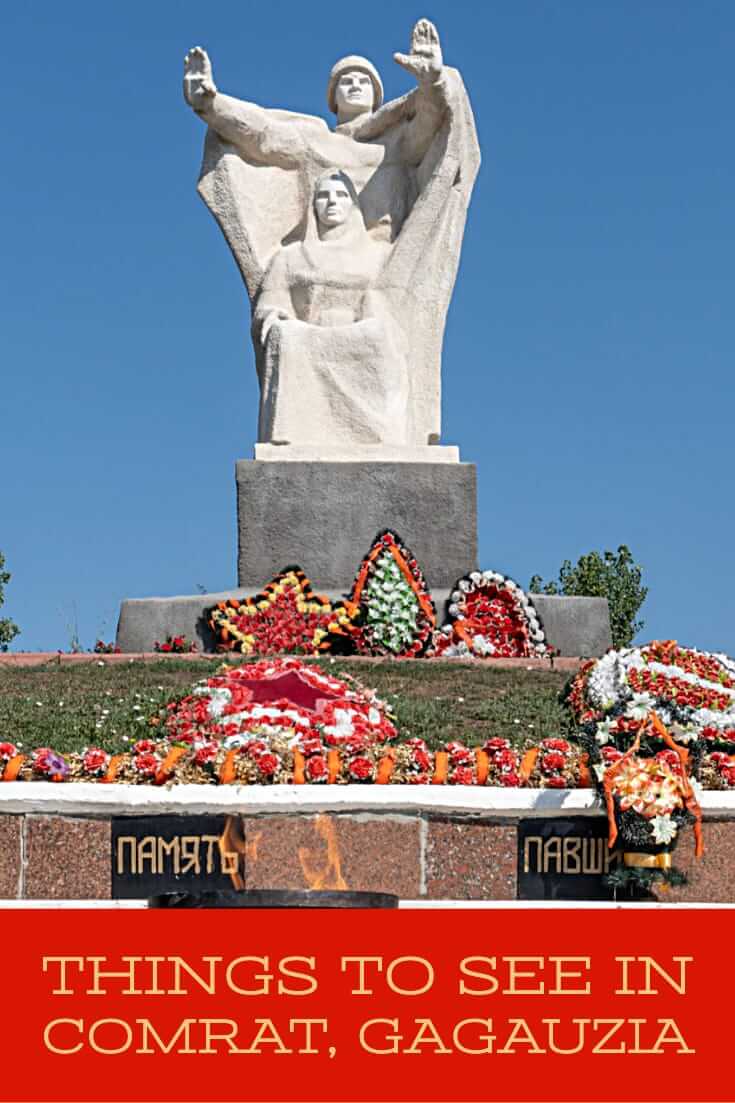
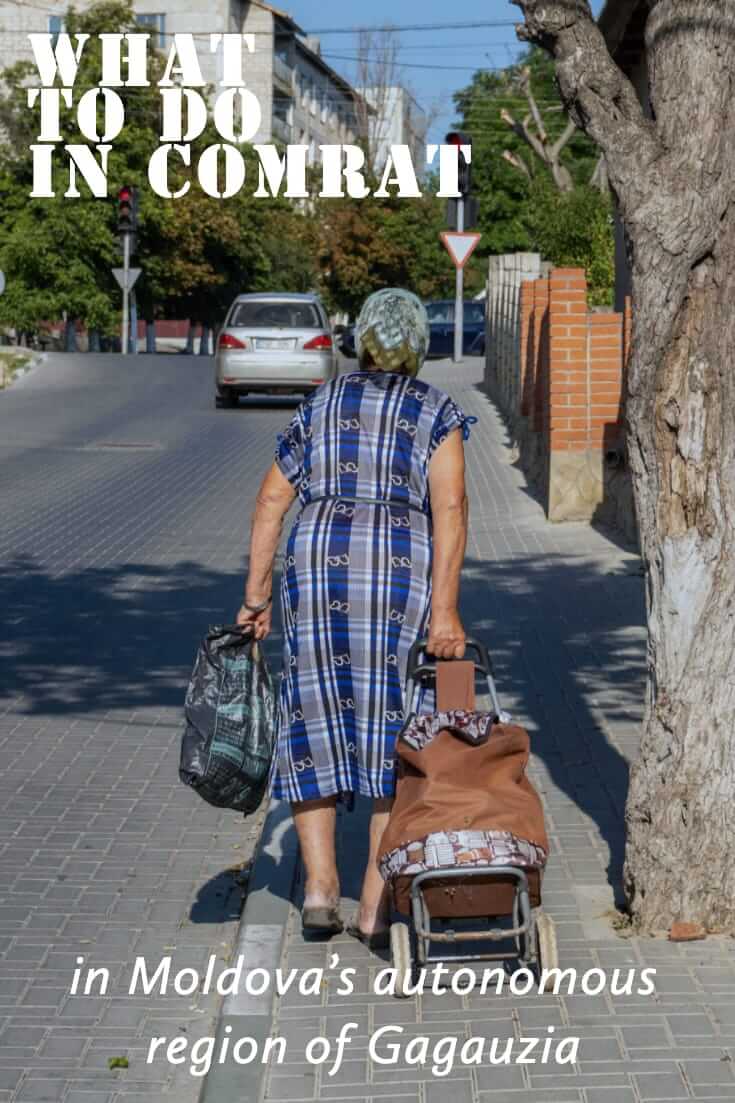

Another actionable overview off an off the beaten path place. I was supposed to go here the other year … but unfortunately missed it. Will use this guide when I get back.
There probably aren’t any other guides to Comrat out there so I guess you won’t have a choice 🙂 but thanks for the compliment anyway! If you can, take private transport and see the places of interest along the way and in other parts of Gagauzia.
I sadly skipped this when I backpacked Moldova and Transnistria but as I now class Gagauzia as a separate country, I hope to go there again one day. Stay safe. Jonny
Hope you get there soon. Hope we all get somewhere soon! Moldova and the surrounding region is always high on our list of places to return to 😉 You stay safe too
What a great article. Thank you very much for taking the time.
I am heading to Moldova in December and I am renting a car 🙂
I didn’t know about Cahul but I do very much like the Soviet-era buildings and Soviet-style mosaics, so that stop sounds good.
All the best to you.
Hello Brendan, thank you for your appreciation of our article. With a car, you can stop and see lots of interesting Soviet-era relics (such as bus stops, monuments, etc.) when travelling between cities, as there are many along the routes you cannot visit when travelling on public transport. Have a great time! Moldova is the least visited country in Europe, which makes it even better!